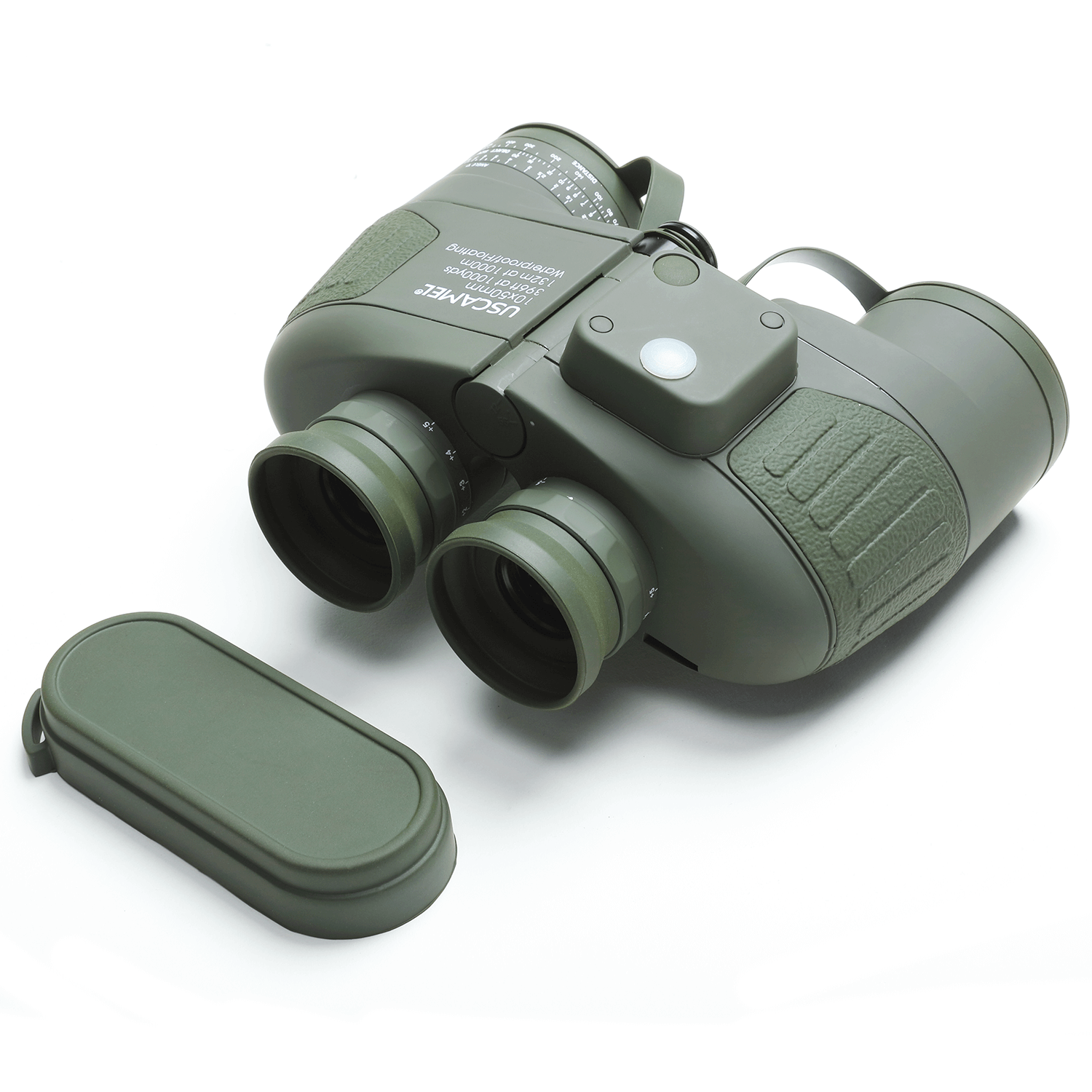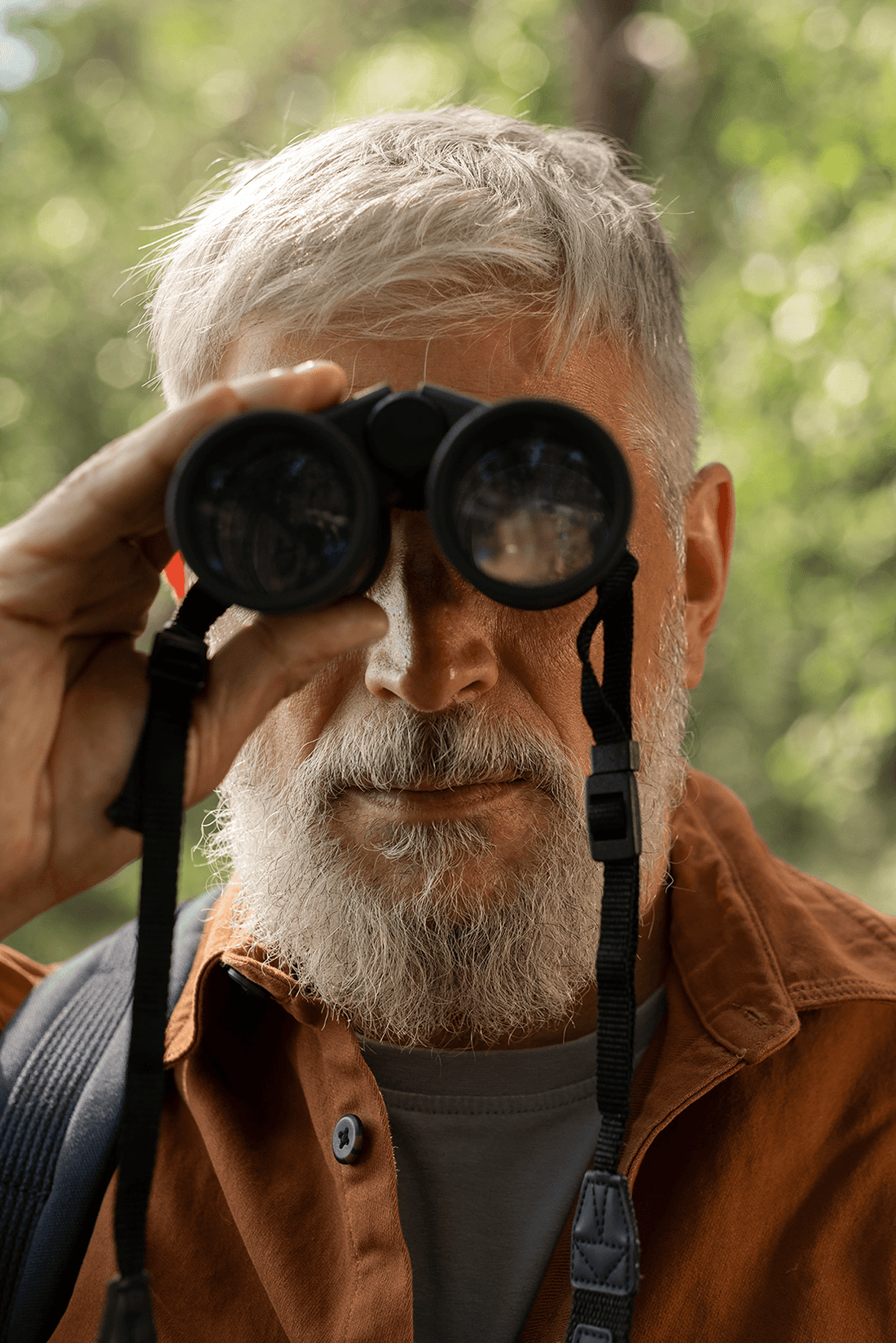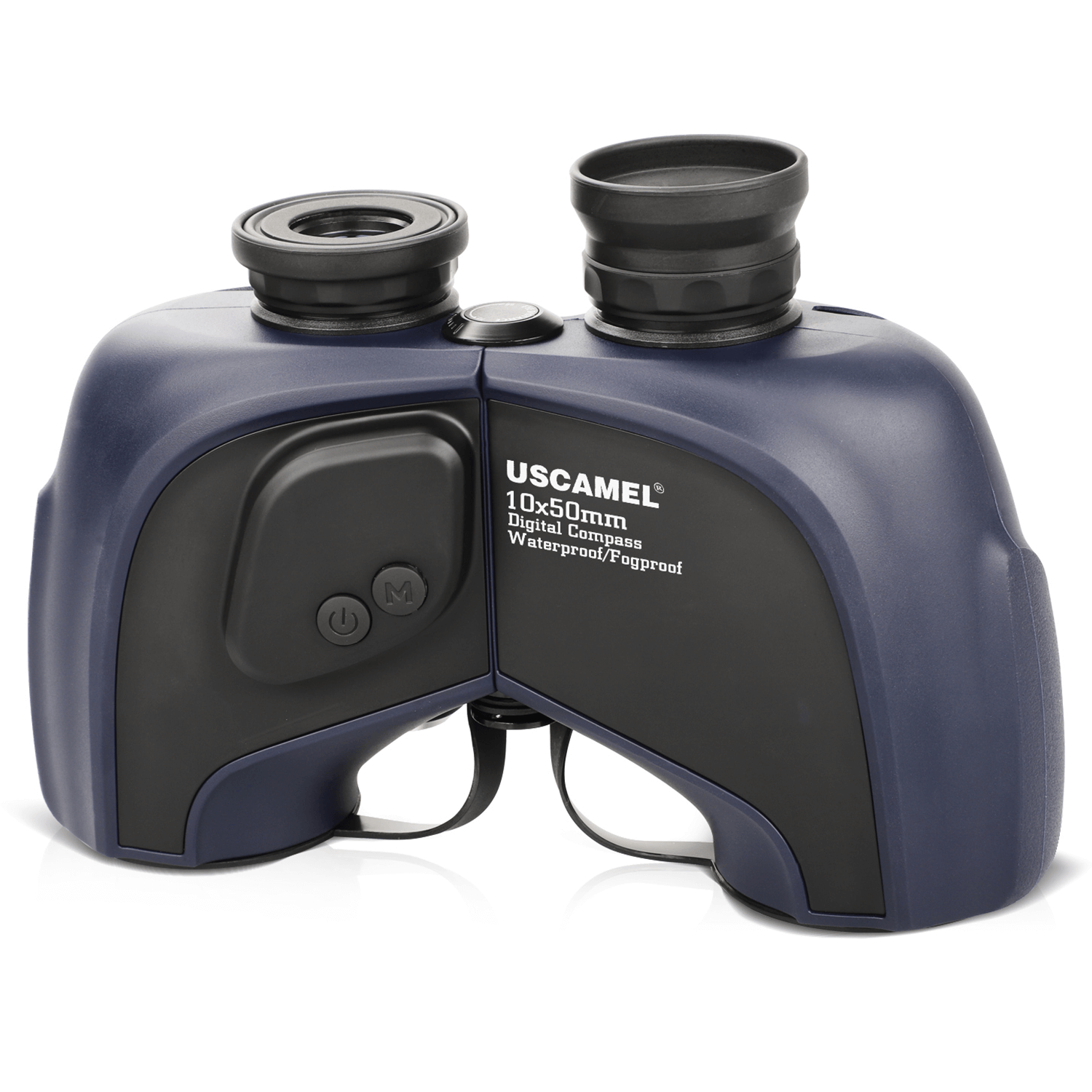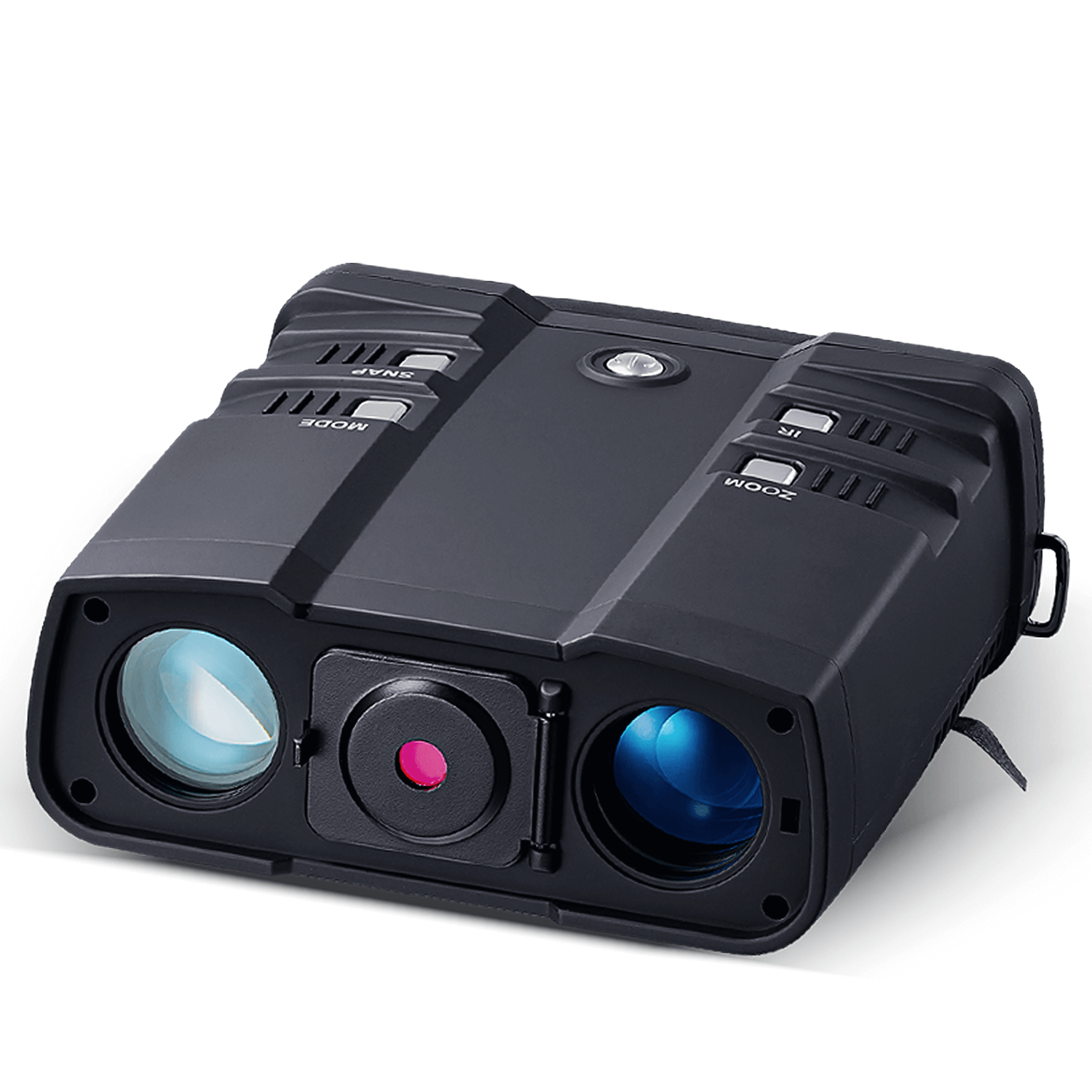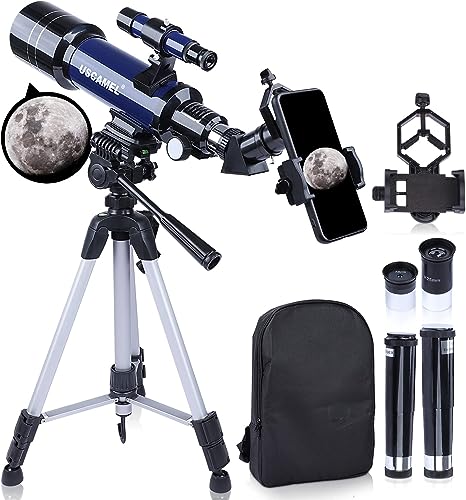 The most important part of the binoculars is the objective lens.
The most important part of the binoculars is the objective lens.
Diameter of the objective lens
This property is directly reflected in the parameter, e.g., 8*21,10x50, 21 & 50 means these binoculars have 24mm & 50mm objective lens.
Imagine a highway, at the beginning only 24 lanes, then increased to 50 lanes. There's no doubt that the 50 lanes highway is certainly more spacious than 24, and can pass more vehicles, what if replace the car with light? (Using modern physics, light has wave-particle duality)
Above is a simple understanding of objective lens diameter - the larger the objective lens the more light it collects, which gives you a brighter view. Here is a simple formula to show the ratio of the objective lens and light intake, once the objective lens diameter * 1.4, doubled the amount of light intake.10x50 is more than 4 times brighter than 8x21. Because 21 * 1.4 * 1.4 = 41, light intake at least increases 2 * 2 = 4, even when we got a 10x21 instead 8x21 has as same as the magnification of 10x50, to make they have the same size in the view. Always choose a binocular with a larger objective lens, a bright field of view is always helpful.
Another formula about the objective lens is the exit pupil diameter can be calculated by dividing the diameter of the objective lens by the magnification. Too small exit pupil diameter will affect our use of the binocular. Usually, the human pupil changes with the environment and age, in the normal environment is about 2 ~ 3mm, but in the dim environment is about 5 ~ 7mm. So the 8x21 is not as convenient to use in dim environments as the 10x50. A binocular with a large exit pupil aperture is much better for the environment than a small one.
